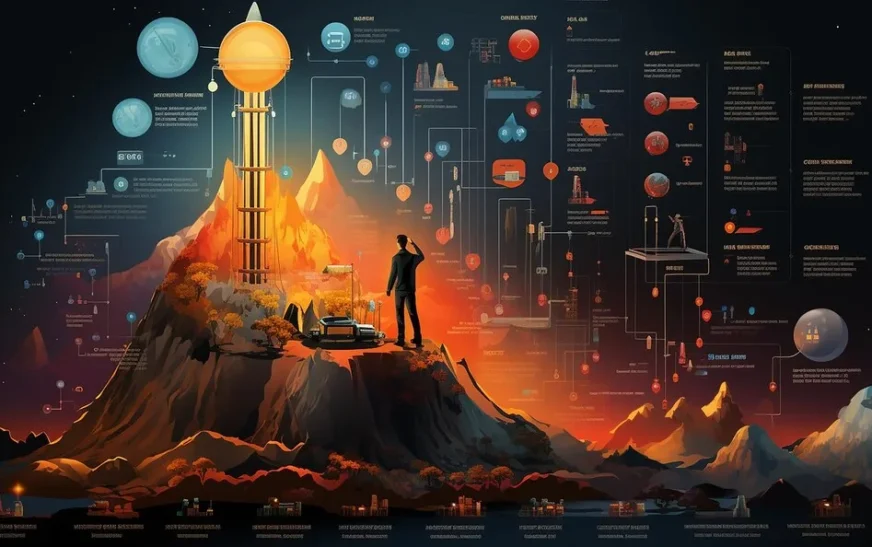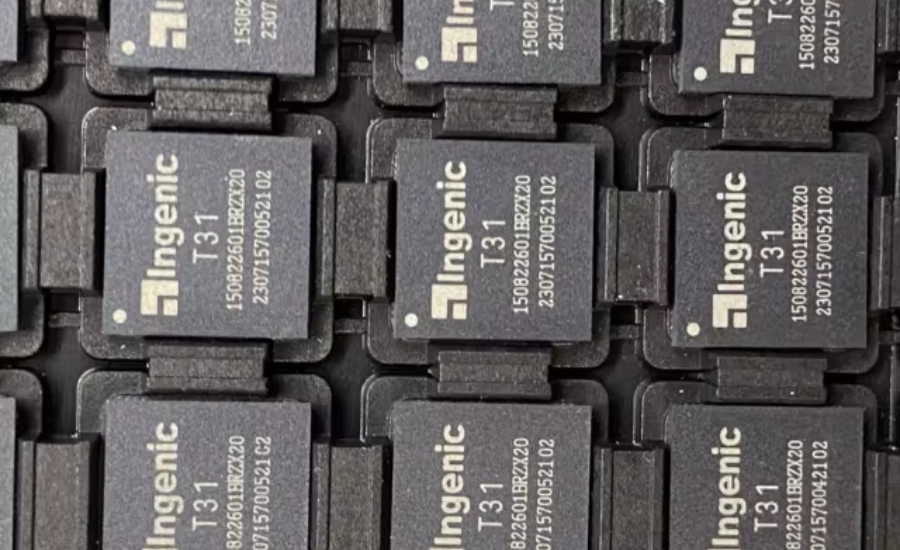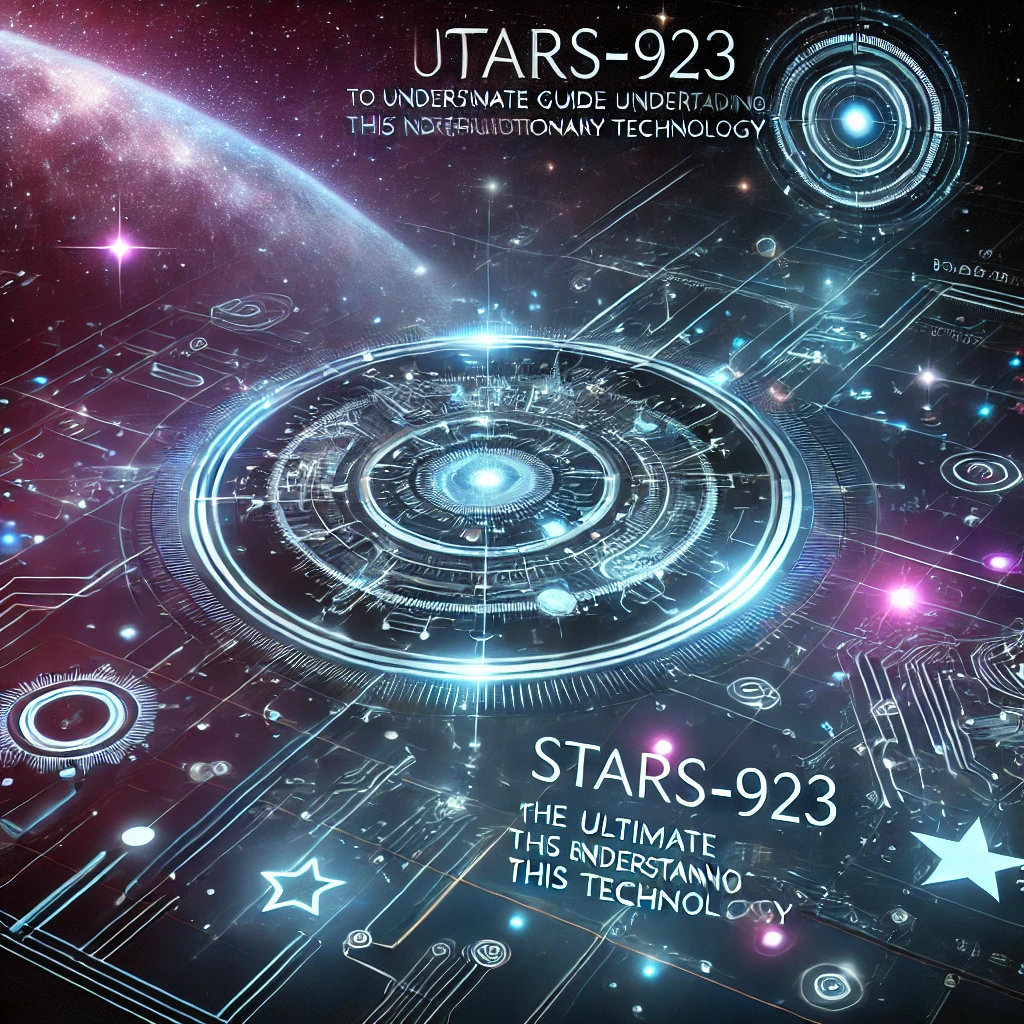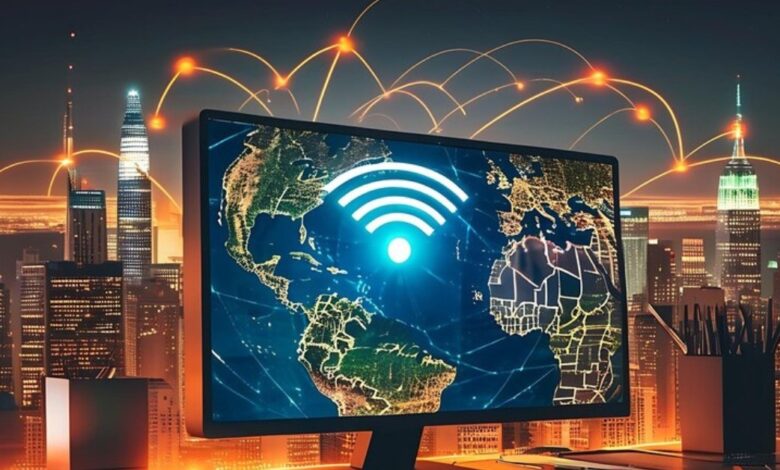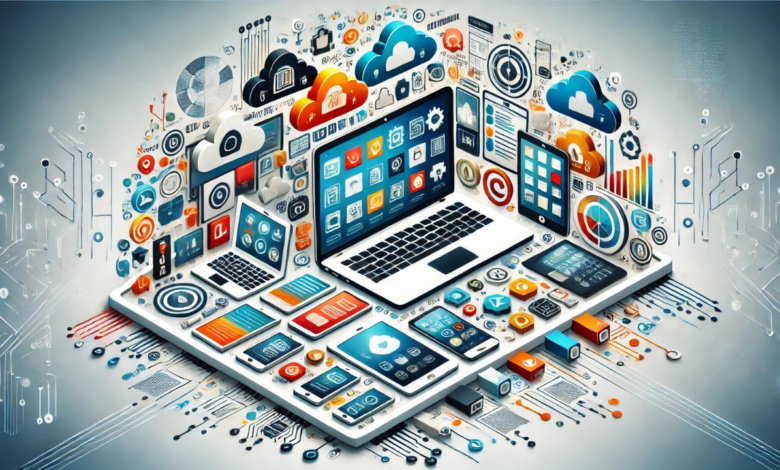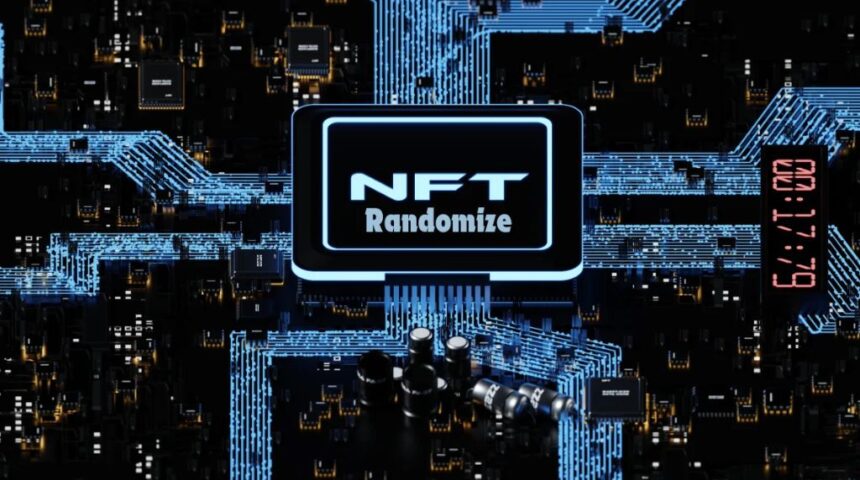As education evolves to keep up with technological advancements, new platforms and tools continue to transform the way we learn. One such innovation making waves is Iversær Technology. This groundbreaking approach is not only redefining how we access knowledge but also enhancing personalized learning experiences and bridging educational gaps. In this article, we’ll delve into the potential of Iversær, how it’s changing the education landscape, and what the future of learning could look like with this technology leading the way.
Understanding Iversær Technology
Iversær Technology is an advanced, multi-functional platform designed to improve learning outcomes through a mix of artificial intelligence (AI), data analytics, virtual reality (VR), and gamification. With a primary focus on adaptability and engagement, Iversær tailors educational experiences to the individual learner’s pace, style, and progress. This blend of technologies offers a variety of applications across education sectors, from K-12 and higher education to corporate training and professional development.
At its core, Iversær aims to solve the common challenges in education—namely, engagement, accessibility, and retention. By harnessing the power of AI and immersive technology, Iversær personalizes the learning process, ensuring that students of all ages and backgrounds receive education in a way that resonates with them.
Key Features of Iversær Technology
Iversær Technology stands out due to several unique features, each of which plays a role in enhancing the overall learning experience:
- Personalized Learning Paths: Iversær adapts to the unique strengths, weaknesses, and interests of each learner. By analyzing data on the learner’s interactions, comprehension levels, and pace, it creates a customized educational path that caters to individual needs.
- Adaptive Assessments: With adaptive assessments, Iversær identifies the learner’s current knowledge level and automatically adjusts questions, exercises, and challenges based on their performance. This real-time adjustment keeps learners from becoming overwhelmed or bored, ensuring a more effective learning journey.
- Immersive Virtual Reality Experiences: Through VR, Iversær takes learning beyond the traditional classroom. Imagine history lessons in which students can virtually visit ancient civilizations or science classes where learners interact with molecules and atoms in a simulated environment. This immersive approach enhances engagement, retention, and understanding.
- AI-Driven Tutoring: Iversær’s AI-powered tutoring system offers 24/7 support, guiding learners through difficult concepts and providing instant feedback on assignments and exercises. This on-demand help empowers students to work at their own pace, while ensuring they receive the guidance they need to succeed.
- Gamification and Rewards: To increase motivation, Iversær incorporates game-like elements into lessons. Badges, points, leaderboards, and other rewards keep learners motivated and engaged, transforming what might otherwise be a tedious learning experience into an enjoyable and rewarding activity.
- Analytics and Progress Tracking: For both learners and educators, tracking progress is crucial. Iversær’s analytics dashboard offers insights into performance, strengths, areas for improvement, and completion rates. Educators can use this data to make informed decisions, while students gain a clear view of their progress.
The Impact of Iversær on Different Educational Sectors
The versatility of Iversær Technology means that its benefits span across different areas of education, whether it’s K-12, higher education, corporate training, or lifelong learning. Let’s explore how Iversær is impacting each of these sectors.
1. K-12 Education
In K-12 education, engaging young learners is one of the biggest challenges. Traditional methods can sometimes fall short of capturing students’ attention or catering to different learning paces. Iversær Technology, with its blend of personalization and interactivity, allows teachers to create engaging, adaptive lessons that hold students’ interest.
For instance, a math class using Iversær might incorporate VR to visualize complex concepts like geometry in a 3D space. Similarly, history lessons could come to life as students take virtual tours of historical sites or experience events in immersive simulations. These experiences, coupled with adaptive feedback, make learning more meaningful for students at all grade levels.
2. Higher Education
In higher education, Iversær Technology provides college students with more control over their learning journey. University-level courses often cover complex material that requires a deep understanding, and with Iversær, students can navigate these topics at their own pace. Iversær’s AI-driven tutoring system allows students to seek help whenever they need it, while VR-based labs offer hands-on experience for fields like biology, engineering, and architecture.
Additionally, the adaptive assessments help professors identify areas where students may be struggling, enabling timely interventions and targeted support. This form of personalized learning promotes greater academic success and helps students retain what they learn.
3. Corporate Training
In the corporate world, where training needs are constantly evolving, Iversær Technology offers a flexible solution for professional development. Using Iversær’s adaptive learning platform, companies can create personalized training modules that focus on employees’ specific skills and knowledge gaps. For example, a company could design a VR-based training module that simulates real-world scenarios, such as sales negotiations or technical troubleshooting, providing employees with practical, hands-on experience.
Moreover, with the inclusion of gamification, corporate training becomes more engaging and less of a chore. Employees earn badges or rewards for completing modules, keeping them motivated and invested in their professional growth. The data analytics dashboard allows managers to track progress and identify top performers, ensuring training investments yield the best results.
4. Lifelong Learning
As people seek opportunities for continuous education and skill enhancement, Iversær Technology proves valuable for lifelong learners as well. The flexibility and personalized nature of Iversær make it ideal for adults looking to learn new skills, whether for career advancement, personal interest, or hobby. The on-demand nature of AI-driven tutoring allows learners to access materials anytime, accommodating busy schedules and various learning speeds.
VR simulations can introduce learners to new fields without a major time or financial investment. Someone interested in digital art, for example, could access virtual art studios, tutorials, and peer networks through Iversær, all from the comfort of home. This adaptability makes Iversær ideal for a wide range of subjects and skill levels.
The Future of Learning with Iversær Technology
The rise of Iversær Technology signals a shift toward a more learner-centric approach in education. In the future, we can expect to see the following trends shaping the future of learning with Iversær:
- Increased Personalization: As Iversær’s AI algorithms become more sophisticated, they’ll be able to analyze even more nuanced aspects of each learner’s behavior, leading to hyper-personalized learning paths. This will enable every student to reach their full potential, regardless of initial skill level or learning style.
- Enhanced Collaboration and Social Learning: Iversær Technology is expected to facilitate peer-to-peer learning and collaboration more effectively. Virtual classrooms and VR study groups may become commonplace, allowing students to work together across geographical boundaries. This form of social learning could foster a sense of community and peer support, even in online settings.
- Integration with Physical Classrooms: Iversær’s potential isn’t limited to online learning. Many educational institutions are likely to integrate Iversær into their physical classrooms to create hybrid learning environments. Imagine a science class where students use VR to conduct experiments before trying them in the actual lab. This integration of virtual and real-world learning could create well-rounded educational experiences.
- Expanded Use in Skill-Based Training: With the rise of automation and artificial intelligence, reskilling and upskilling are becoming essential for many professionals. Iversær’s adaptable training modules, real-world simulations, and VR-based practice environments will likely play a major role in future workforce development. Employees will have access to immersive training that simulates workplace challenges, making skill-building faster and more effective.
- Greater Accessibility for Diverse Learning Needs: Iversær’s adaptive technology has great potential for learners with disabilities or other unique educational needs. Features such as text-to-speech, customizable fonts, VR-based interactive modules, and self-paced learning make education more accessible to all. This inclusivity will make Iversær a key tool in reducing educational inequality and promoting lifelong learning for everyone.
- Data-Driven Improvements in Education: The data analytics capabilities in Iversær not only track individual progress but also offer insights that can improve educational practices. By analyzing aggregated data, educators and institutions can identify which teaching methods yield the best results, leading to informed improvements in curriculum and pedagogy.
Challenges and Considerations
While Iversær Technology offers exciting prospects, there are a few challenges to keep in mind:
- Privacy and Data Security: With advanced analytics and personalized learning comes a need for stringent data security to protect learner information. Maintaining privacy standards is critical to building trust among users.
- Access to Technology: Not all learners have access to VR equipment or high-speed internet, which could hinder the equitable rollout of Iversær Technology. Addressing these infrastructure barriers will be crucial for widespread adoption.
- Training for Educators: Integrating new technology into education requires training for teachers and educators to use it effectively. Schools and organizations will need to invest in professional development to maximize the impact of Iversær.
Conclusion:
The future of education with Iversær Technology promises to be transformative. By personalizing learning experiences, making complex concepts accessible through VR, and enhancing engagement through gamification, Iversær has the potential to reshape how people learn at all stages of life. This tool doesn’t just offer a new way to learn; it empowers learners to take charge of their education, making it a powerful asset in the modern educational landscape.

